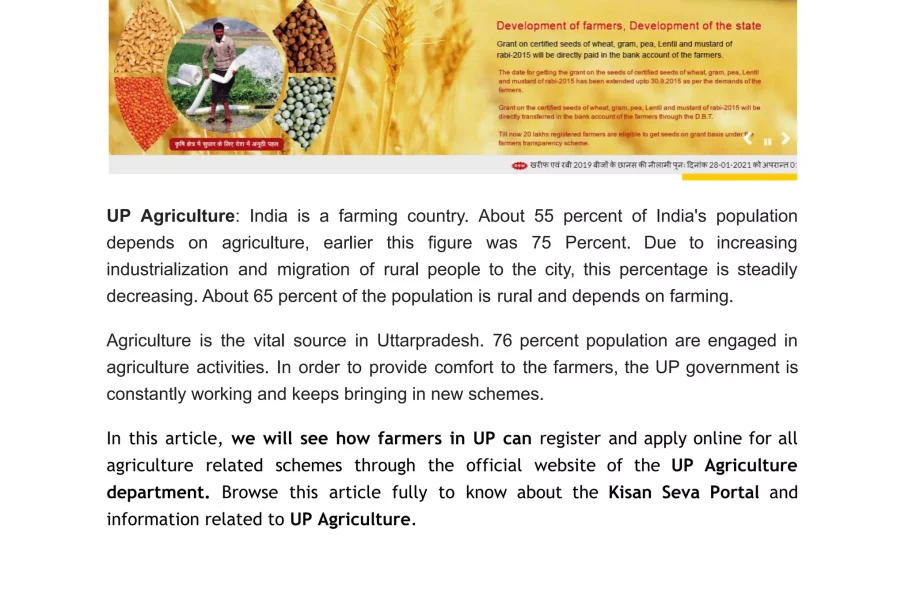The Evolution and Importance of UP Agriculture

Introduction to UP Agriculture
Agriculture is a cornerstone of Uttar Pradesh’s economy, playing a vital role in the livelihoods of millions. With a vast range of crops and diversification efforts, UP agriculture has shown tremendous potential for growth and sustainability. As the state aims to modernize its agricultural practices, understanding the current trends and challenges becomes crucial for shaping a successful agricultural future.
Current State of Agriculture in Uttar Pradesh
Uttar Pradesh, the most populous state in India, leads in agricultural production. It cultivates a variety of crops, including wheat, sugarcane, rice, and pulses. According to the Indian Government’s data, UP contributes to approximately 18% of India’s total agricultural output. The state has implemented several schemes aimed at enhancing agricultural productivity, such as the Pradhan Mantri Kisan Samman Nidhi (PM-KISAN) and the Soil Health Card Scheme, which have benefited countless farmers.
Innovations and Practices
Recently, the UP government has been pushing for the adoption of modern technology in farming. This includes initiatives to promote organic farming, the use of drones for crop monitoring, and improved irrigation practices. Innovations such as these not only enhance productivity but also promote sustainable practices that are increasingly crucial in the face of climate change.
Challenges Faced by UP Farmers
Despite these advancements, farmers in UP still face significant challenges. Issues such as inadequate infrastructure, access to markets, and the effects of climate change have put pressure on agricultural productivity. Monsoon irregularities and water scarcity have further complicated farming conditions, making it essential for state policymakers to address these critical issues through effective resource management and policy reforms.
Conclusion
The future of agriculture in Uttar Pradesh appears promising yet challenging. Continuous government support, farmer education, and the adoption of innovative practices are essential for overcoming barriers and achieving sustainability. As UP strives to transform its agricultural landscape, the focus must remain on enhancing productivity while ensuring the long-term welfare of its farmers. With a collective effort from both the government and the private sector, UP agriculture can emerge as a model for agricultural development in India.









